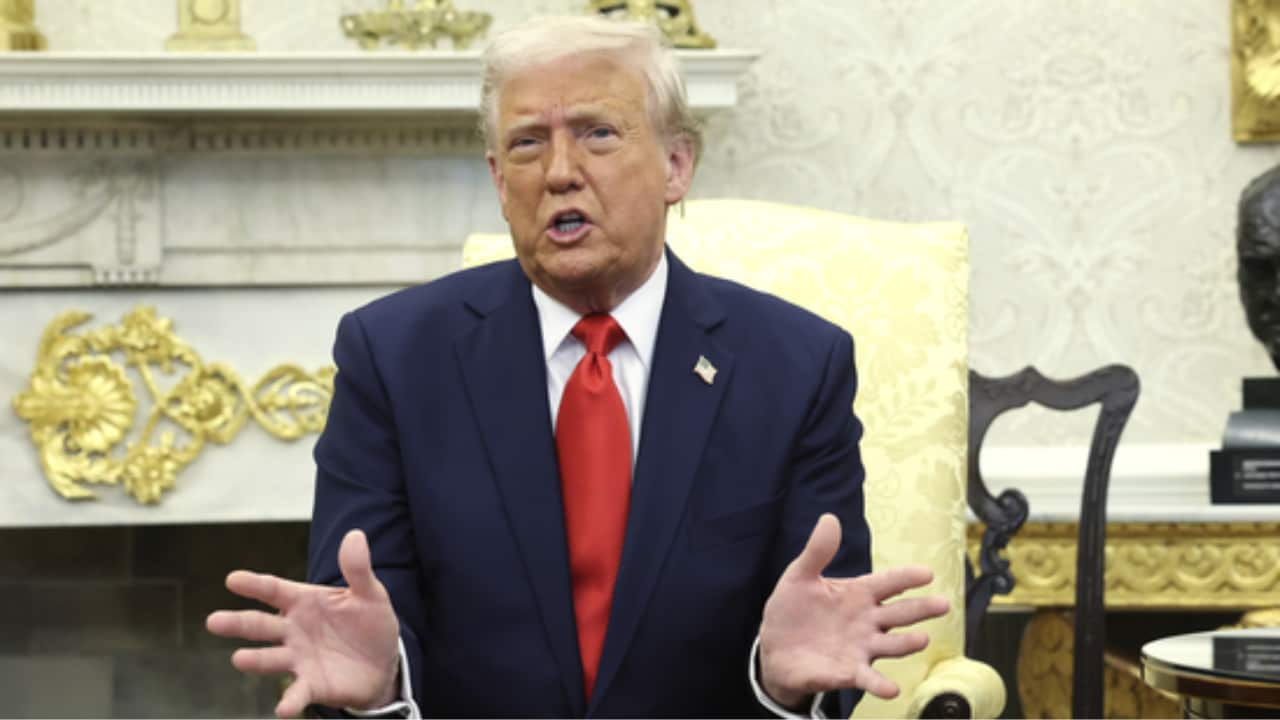Just days after losing a legal case over The Associated Press’ access to presidential events, the White House has unveiled a new media policy that sharply limits how wire services—like AP, Reuters and Bloomberg—can cover Donald Trump.
The fresh rules, which insiders say were quietly shared with selected journalists, mean these agencies will now compete for fewer places in limited-space events like Oval Office briefings and Air Force One trips. Previously, they had guaranteed access through a long-standing system run by the White House Correspondents’ Association.
Instead of automatically including wire services in every pool event, the new policy lumps them in with other print reporters, rotating between just two available spots. This change drastically reduces the presence of organisations whose content reaches billions of readers through newspapers, broadcasters and websites around the world.
Although the White House insists reporters will be allowed in “regardless of the substantive viewpoint expressed by an outlet,” it also grants Press Secretary Karoline Leavitt final say over who gets in on any given day.
This change comes after a federal judge ruled last week that the administration had violated the AP’s free speech rights by banning it from covering events after it refused to refer to the Gulf of Mexico by the Trump-preferred name, “Gulf of America.” The judge, Trevor McFadden, ordered the White House to restore the AP’s access.
Yet the very next day, the AP was excluded from coverage of Trump’s meeting with El Salvador’s president in the Oval Office.
The AP has said it is “deeply disappointed” that instead of following the court’s ruling, the White House responded by making access harder for all wire services.
“These outlets support thousands of media organisations in the US and abroad,” said AP spokeswoman Lauren Easton. “Their work helps local papers and TV stations keep their communities informed. The government’s actions continue to undermine Americans’ right to speak freely without punishment.”
The White House Correspondents’ Association also criticised the move, warning that the new policy could still be used to favour friendly media and shut out critical ones. “The government should not be able to control the independent media that covers it,” said association president Eugene Daniels.
In recent months, Trump’s media team has been accused of giving priority access to outlets sympathetic to the president. During a press briefing on Tuesday, the first journalist called on praised Trump while asking two questions. Meanwhile, CNN’s Kaitlan Collins was interrupted and accused of “hating our country” after questioning the president about a deportation case.
Though Trump is often willing to speak to reporters—more so than his predecessor Joe Biden—critics say these new limits on who can ask questions are part of a broader effort to control his media image.
The administration insists that press access is a privilege, not a right. In court filings, it argued that no media outlet, including the AP, is entitled to guaranteed access and that past practices don’t need to continue.
The government is now appealing the court ruling and is expected to appear in front of an appeals court later this week. Despite the controversy, an AP reporter was finally allowed into a White House event again on Tuesday—an appearance by the Navy football team.
Read More: FCB Group India rebrands to FCB India, unveils a unified agency identity
